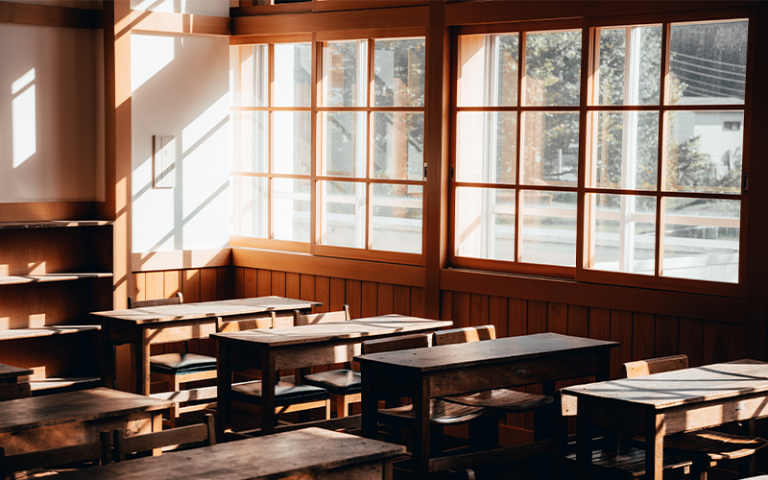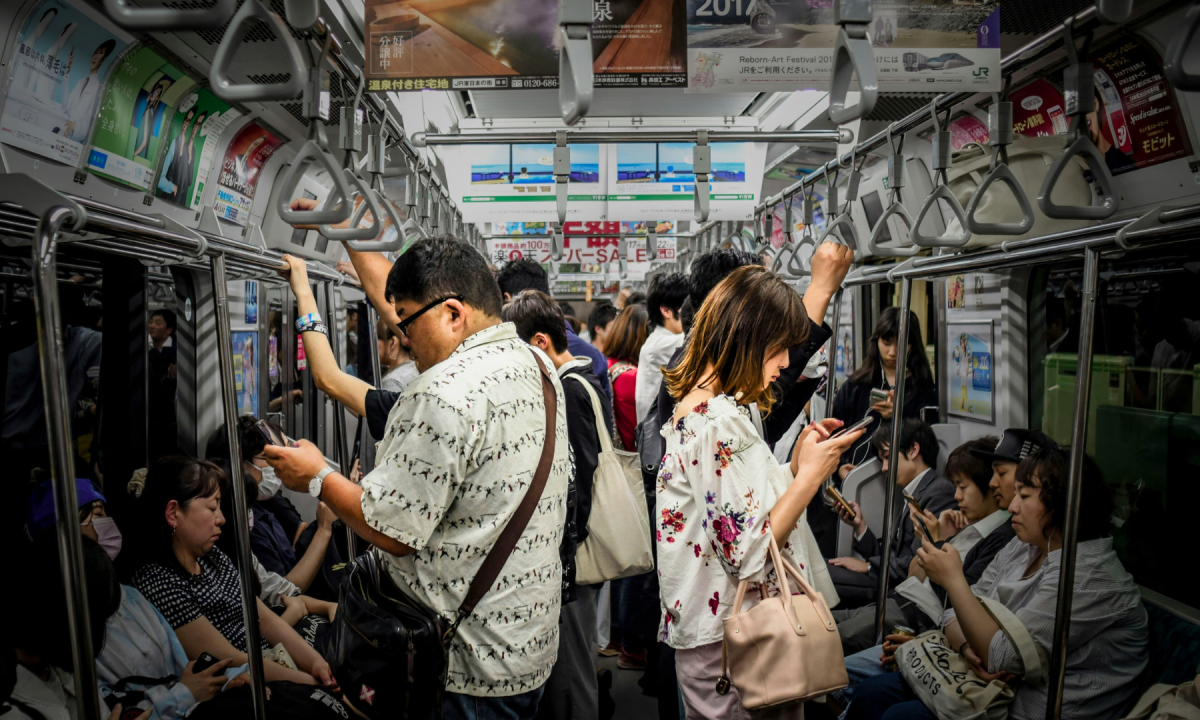During the past decade, classroom design has changed to enhance optimal learning in the United States, although there is still room for improvement. Schools have implemented new seating, strategies to create a safe learning environment for students and teachers, and most importantly, different forms of lighting in the classroom.
Although it is unknown to some, outside factors like the teacher in charge of the classroom or the subject of the class have an effect on learning, but lighting has just as much effect on the way a student learns. Natural lighting rather than artificial lighting has been proven all around to be most ideal when it comes to a student’s ability to learn.
The ability to focus is a crucial skill needed for learning. Studies have shown that a student’s focus is at its highest when natural lighting is present. This phenomenon can be explained by the increased production of vitamin D that natural lighting allows to enter the classroom. Vitamin D has been proven to improve cognitive function, mental mood, and attention span, which are essentially factors in the ability to focus. In comparison to the fluorescent light that is common in most schools, it does not do any damage to the eyes, depending on the brightness, which typically increases the brain’s ability to take in information and, in turn, focus on the task at hand.
Another part of focusing is the ability to stay on task. A 1995 study by Dr. Ellen Mannel Grangaard presented at the Association for Childhood Education International Study Conference and Exhibition found that fluorescent light contributed to off-task behaviors like daydreaming or playing with objects rather than listening, while nature does the opposite by allowing students to focus and stay on task. Also, many students at Niles North are diagnosed with Attention Deficit Disorder (ADD) or Autism Spectrum Disorder, which can make it even harder to focus while fluorescent lighting is present. I find it more difficult to focus and do my work while fluorescent lighting is present. — Sophomore, Milo Leitao
In addition, natural, soft lighting flowing into classrooms impacts students’ moods because of its capability to increase the brain’s release of a hormone named serotonin, also known as a feel-good chemical, which helps regulate mood. Natural lighting has been shown to put students in a better mood, specifically a more positive one, which leads to not only better performance but also improved mental health because when you feel good, you do good, or, in other words, when you feel positive about the work you are doing in school, you are more likely to actually succeed in the tasks given.
Not only does natural lighting make students feel more happy, but it also impacts their ability to sleep well, which is important for optimal learning. When students are exposed to natural sunlight in the early hours of the day, it improves their sleep schedule, affects the duration of sleep, and improves sleep quality as a whole. All of these factors translate into the classroom environment because, when well rested, benefits range from feeling more alert to performing better on assessments or discussions, especially in the morning when most students struggle the most. This factor is especially important because Niles North recently implemented a new late start schedule, which was originally put in place because of the students’ need for more sleep. This change has a correlation with learning and grades that both teachers and administrators value, and in order to optimize the change and get the most out of it, natural lighting should be utilized more often because of the effects on students’ sleep that the late start was supposed to aid.
Sleep is an important component in students’ learning, but visual clarity is also major. This is because it has been shown to be improved when bright, natural lighting is present. Poor lighting, like some types of fluorescent lighting, does not allow students, especially those with visual impairments, to read accurately on paper and whiteboards, which are commonly used in schools, and can lead to students storing incorrect information in their brains, which directly transfers into grades and performance on assessments. Which, while on the topic, is also bettered by the graces of natural lighting and has shown to improve students’ test scores by 20%, and students with more access to daylight progressed up to 26% faster in math and reading over the course of a year.
At the end of the day, learning is not black and white and grades are a product of a student’s ability to learn, process, and effectively take in the information given to them, natural lighting affects all aspects and should be utilized more in schools that have the resources to use it. The newly built Skyloft area is a great place to begin because of its large and open windows that allow light to flow through freely and help students both academically and emotionally in various ways. However, that is not the only opportunity. Most classrooms at Niles North have windows that can be opened in order to let sunlight in which has shown to have many benefits. Learning as a whole is a tricky and an enduring experience for most, and even though exposure to natural light may not seem incredibly important on the surface, it can make all the difference when it comes to students’ optimal learning.









